The glass industry in Venice carves space for the next generation
David Landau, the founder of Venice Glass Week, discusses how Murano is healing old wounds, and the global gaze on the city's glass industry
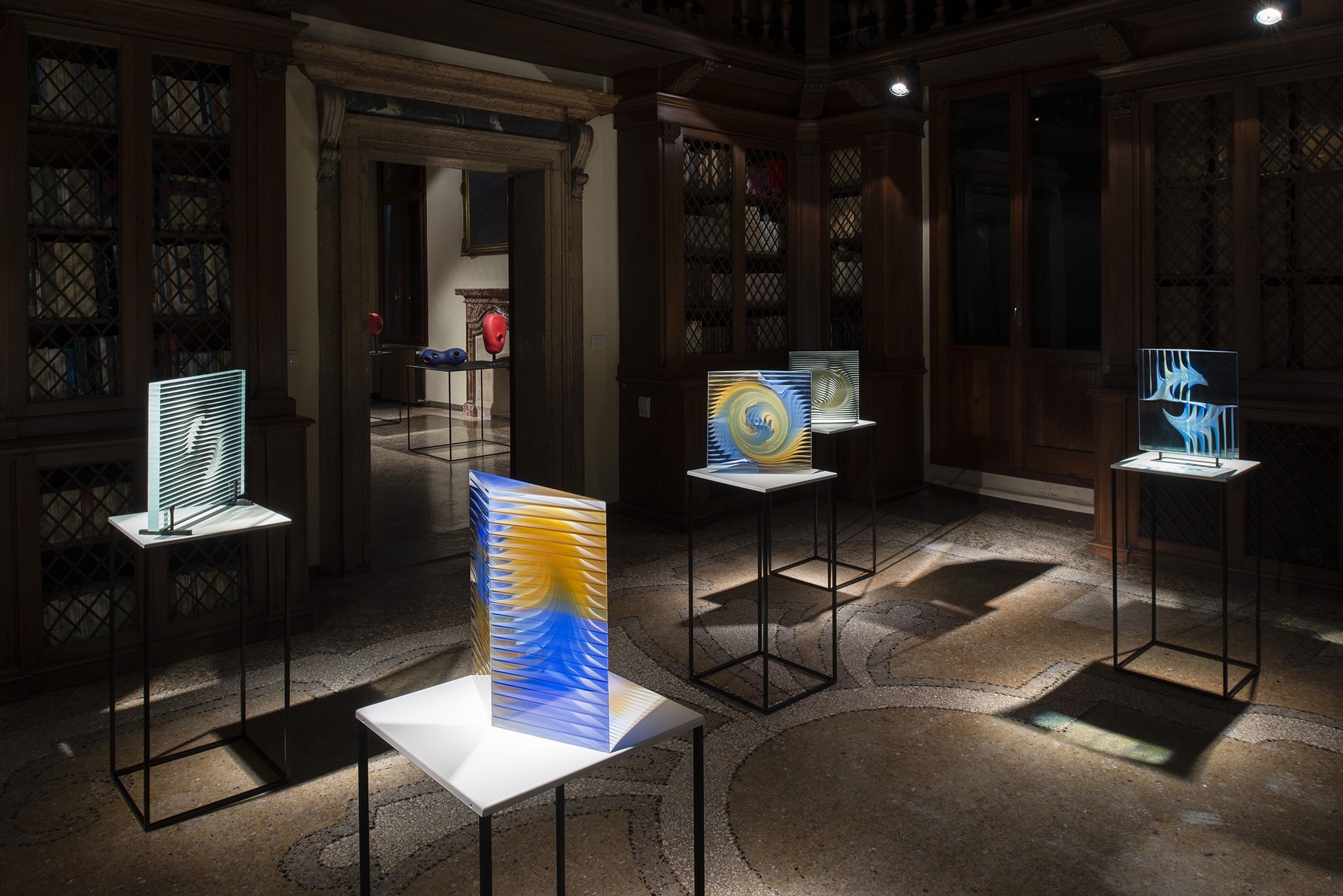
The first time Thomas Stearns attempted to have his glass vessels made, he was unceremoniously thrown out of the Venetian studio by an enraged and insulted master. Ignoring the traditional craft’s prescription for symmetry and balance, his soulful, organic vessels proved too radical for the orthodox sensibilities of the artisan. ‘After showing him his drawings and models,’ retells Venice Glass Week organiser David Landau, ‘he began shouting at him and showing him the door, claiming he could never work for such a freak.’
The native Oklahoman had arrived in Venice in 1960 on a Fulbright scholarship, having first seen the work of Venini in a magazine stateside. Stearns sought out the businessman and his cabal of glass masters to learn how to render in 3D the two-dimensional glasswork that he had already been producing in America. Eventually, he was able to find a young and more open-minded glassmaker to realise his visions, but the indignities didn’t end there.
His prized pieces ‘Cappello del Doge’ and ‘Facciate di Venezia’ were awarded the prestigious Gold Lion for glasswork (once a category unto itself) at the 31st Biennale in 1962, but the honour was stripped when it was realised the artist wasn’t a native Italian. ‘They gave the prize to the second best,’ Landau says of the historic scandal.
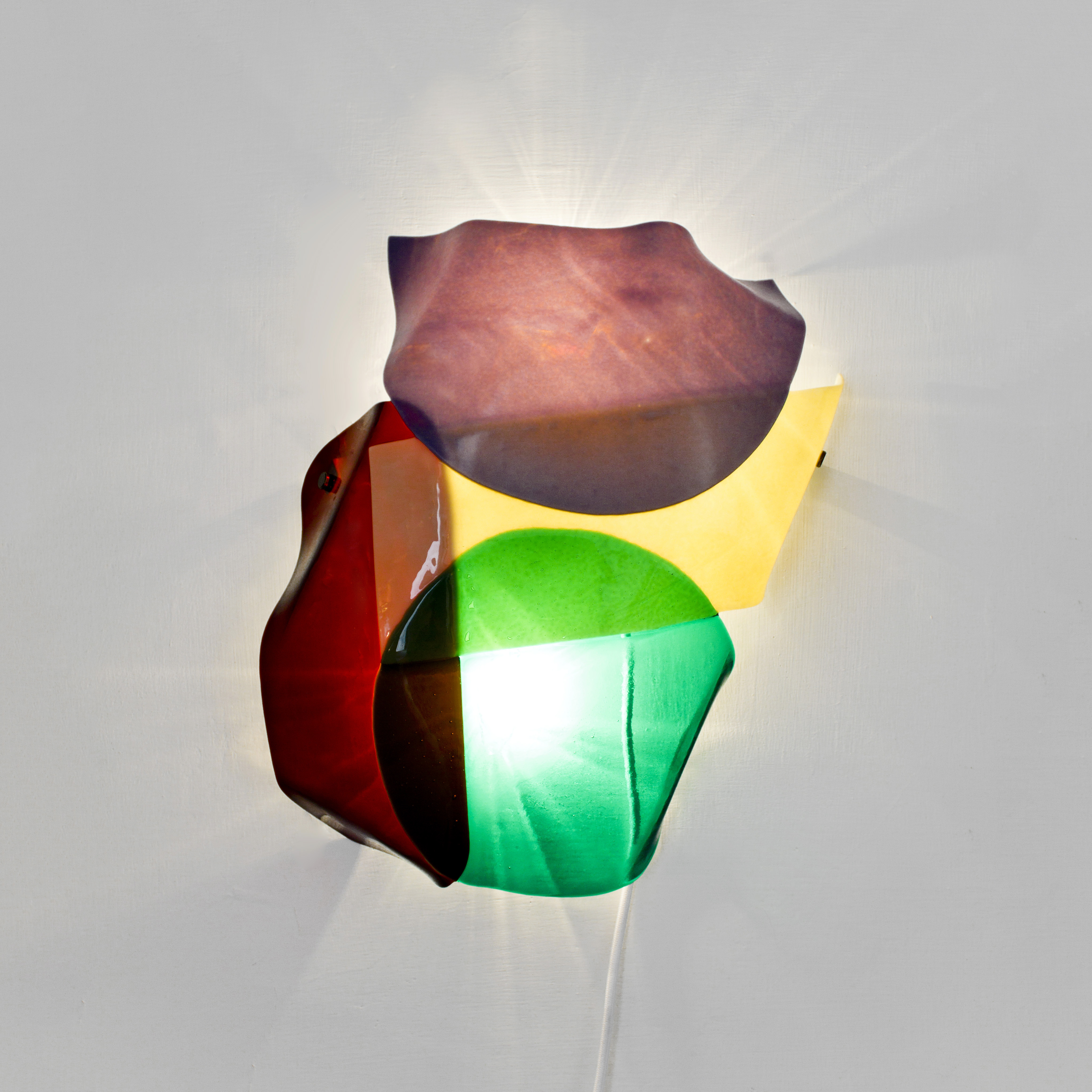

Lucia Massari Strata for Swing Design Gallery
Sixty years after Stearns, attitudes have certainly changed. Venice Glass Week, now in its third year, is presenting a retrospective of his work as the headlining event. Curated by glass historian Marino Barovier and shown at Le Stanze Del Vetro on San Giorgio Maggiore island, the exhibition gathers some of the most prized pieces Stearns created during his time at Venini, shining a light on the technical skill and inspired forms that went so unappreciated at the time. In addition to the Stearns show, the Murano Glass Museum is presenting a selection of work from mid-century Finnish artist and graphic designer Tapio Wirkkala, whose exceptional work fuses Scandinavian design sense with the material possibilities of Venetian glass.
More than just an accounting of the past, Venice Glass Week looks towards the future. Spanning 180 events and exhibitions over nine days, the program brings international attention to the myriad of talented contemporary designers working in Murano. Concerned with the dwindling numbers of operational furnaces and onslaught of cheap fake souvenirs shipped in from abroad, Landau founded Venice Glass Week as a way of promoting and preserving the millennium-old art.

‘Thomas Stearns alla Venini’ installation views.
‘The main goal is to help Murano to heal its wounds,’ Landau says of his goals for the project, ‘and become a centre for the production of 21st century, high-quality artistic glass.’ Channelling the global gaze towards local artisans and the international artists that, like Stearns, travel to Venice to have their work realised, Landau hopes that it will set the wheels in motion for the industry to rebound.
'It’s a question of opening up Murano to the contemporary world'
In addition to the Le Stanze Del Vetro and Murano Glass Museum exhibitions, the newly inaugurated Venice Glass Week Hub presented a group show of contemporary designers spread over multiple locations. Supported by auction house Bonhams, a prize was awarded for the most original work. This year, the first edition, was won by Barbini Specchi, who presented a series of ornately wrought mirrors designed by the likes of Bethan Laura Wood, Martino Gamper and Lucia Massari.
‘Here, you really find the best glassblowers,’ declares Landau, ‘but it’s a question of opening up Murano to the contemporary world.’ He points to programs such as AUTONOMA by local artist and entrepreneur Marcantonio Brandolini d’Adda, which connects artists working from abroad with skilled local glass artisans in hopes of disseminating and promoting the historic craft. ‘More and more artists are coming, younger artists are coming,’ he says of the mission, ‘it's a sign that things are moving.’
INFORMATION
Receive our daily digest of inspiration, escapism and design stories from around the world direct to your inbox.
Laura May Todd, Wallpaper's Milan Editor, based in the city, is a Canadian-born journalist covering design, architecture and style. She regularly contributes to a range of international publications, including T: The New York Times Style Magazine, Architectural Digest, Elle Decor, Azure and Sight Unseen, and is about to publish a book on Italian interiors.
-
 Sound and vision are combined in this Dyson x Porter bag and wireless headphone combo
Sound and vision are combined in this Dyson x Porter bag and wireless headphone comboDyson’s first limited edition collaboration with cult Japanese bag brand Porter brings together the OnTrac headphones with a stylish shoulder bag
-
 RIBA reveals more three shortlisted structures for 2025’s House of the Year award
RIBA reveals more three shortlisted structures for 2025’s House of the Year awardThree more houses join the shortlist for the UK’s highest domestic architectural accolade. We explore the Triangle House, Amento and Jankes Barn
-
 JLR is a mainstay of modern motoring luxury, but do car brands need creative figureheads?
JLR is a mainstay of modern motoring luxury, but do car brands need creative figureheads?With Gerry McGovern departing from Jaguar Land Rover, what next for the Indian-owned, British-built house of brands?
-
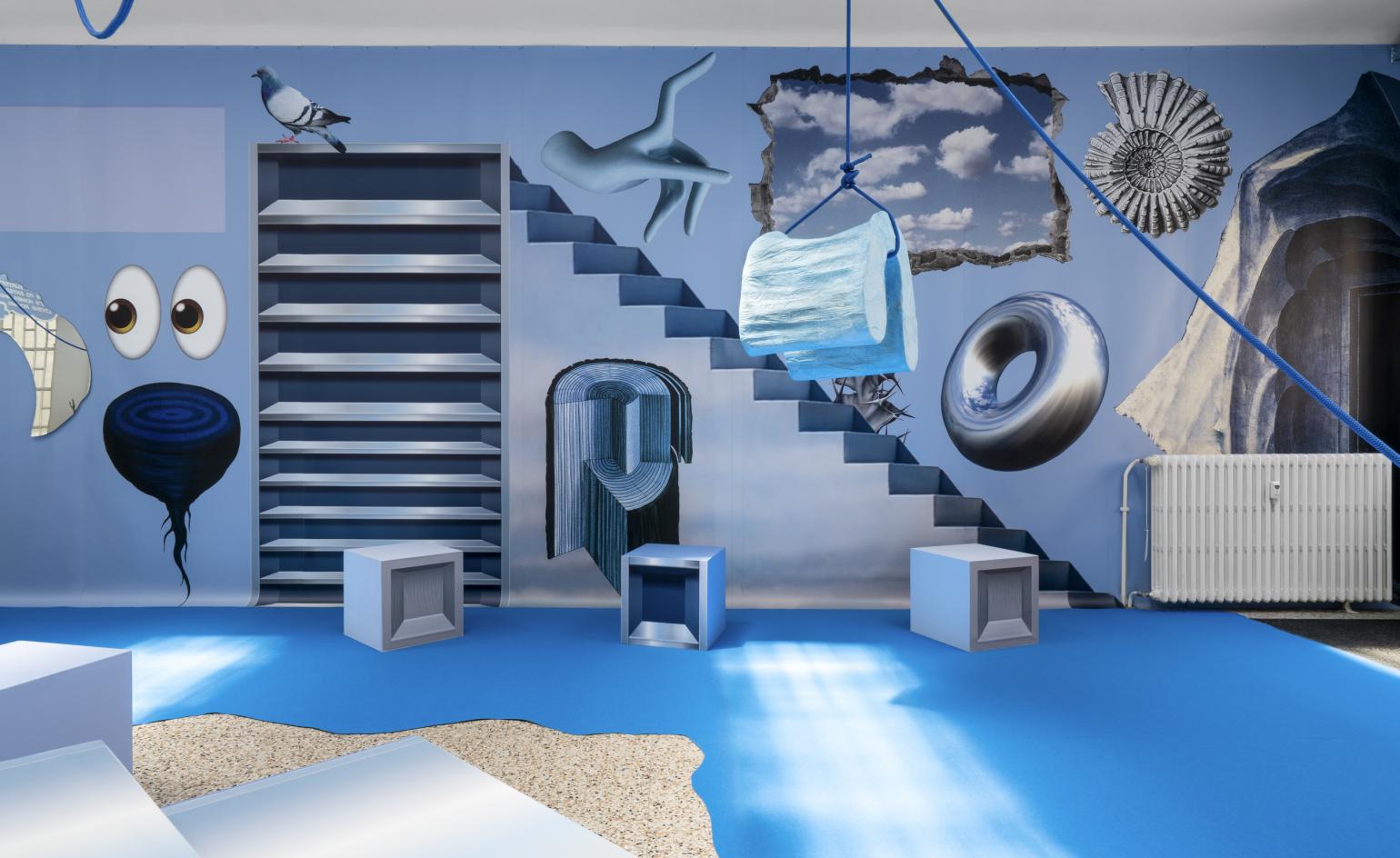 ‘You don't want space; you want to fill it’: Milan exhibition
‘You don't want space; you want to fill it’: Milan exhibitionMaking its debut during Milan Design Week 2022 at Marsèll Paradise, a new exhibition by Matylda Krzykowski, explores how we approach the space we live in (until 15 July 2022)
-
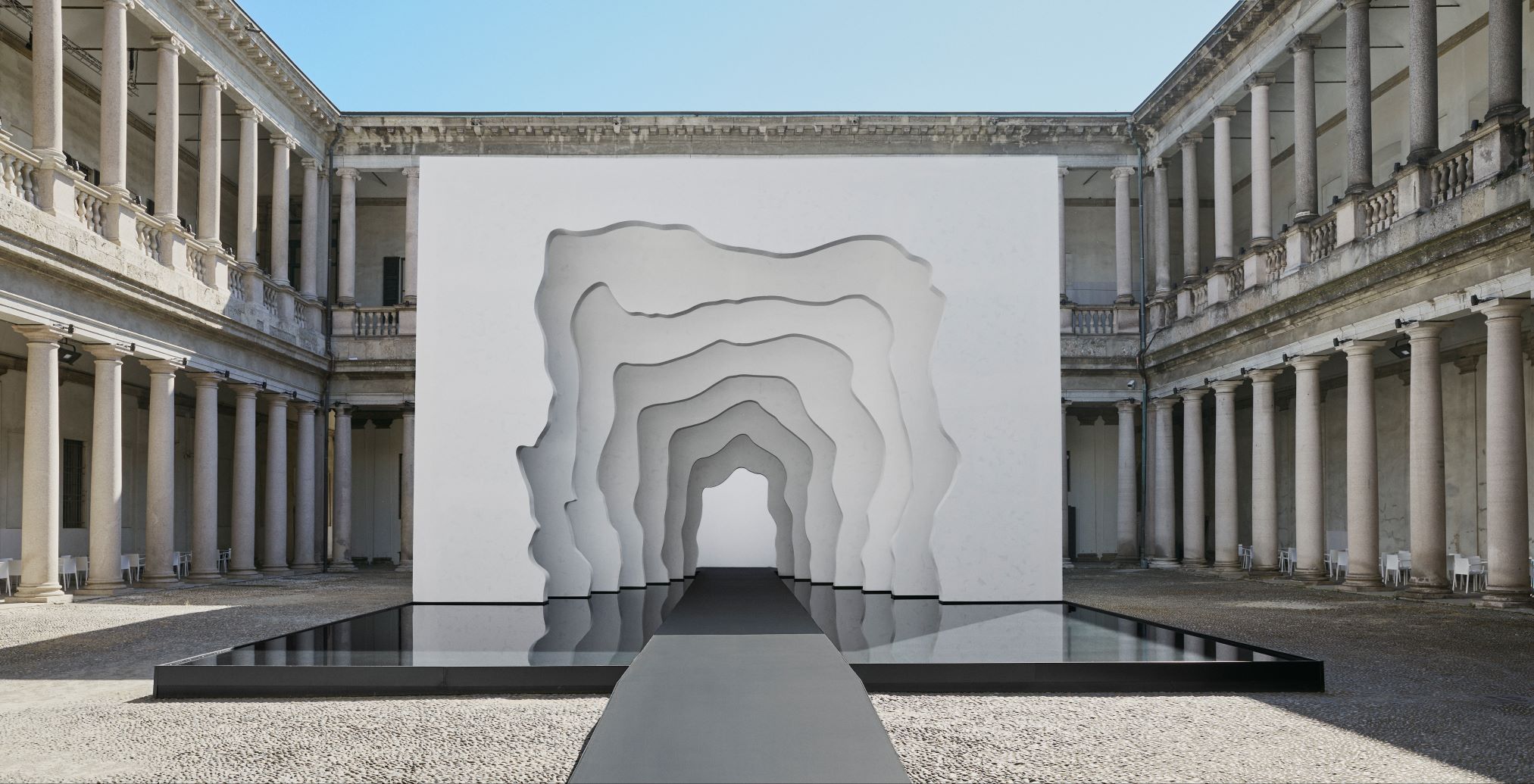 Kohler and Daniel Arsham brought experiential art to Milan Design Week
Kohler and Daniel Arsham brought experiential art to Milan Design WeekLooking back on Daniel Arsham and Kohler’s Divided Layers installation, and the brand’s latest bathroom collection
-
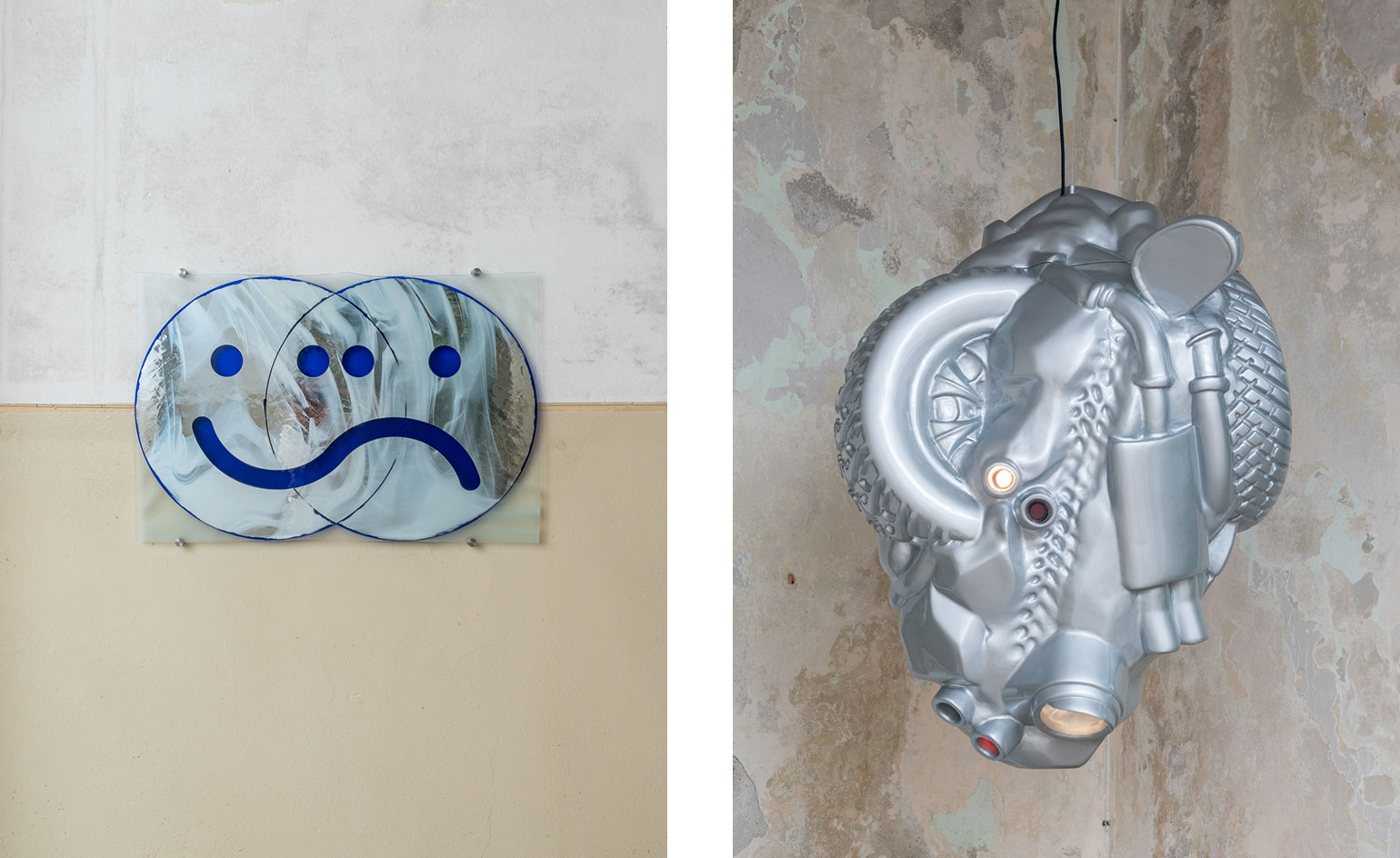 Men’s mental health takes centre stage at an art and design exhibition by Tableau
Men’s mental health takes centre stage at an art and design exhibition by Tableau‘Confessions’, which travels to Copenhagen’s 3 Days of Design following its debut at Milan Design Week 2022, features commissioned work by 14 male artists, designers and architects, reflecting on toxic masculinity, vulnerability and mental health
-
 Recycled glass tiles by Studio Plastique, Snøhetta and Fornace Brioni launch in Milan
Recycled glass tiles by Studio Plastique, Snøhetta and Fornace Brioni launch in MilanThe ‘Forite’ tile collection, which upcycles glass components from discarded fridges, ovens and microwaves, launches with an exhibition at Alcova during Milan Design Week 2022
-
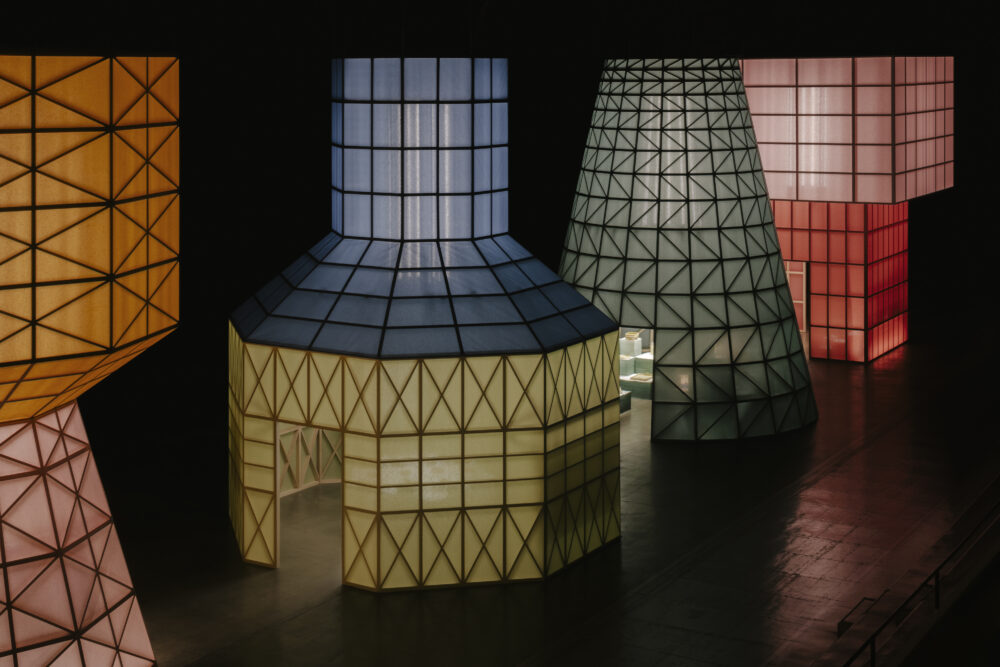 Hermès’ annual Milan Design Week spectacle is inspired by brutalist water towers
Hermès’ annual Milan Design Week spectacle is inspired by brutalist water towersBringing colour and lightness to Fuorisalone 2022, Hermès’ installation at La Pelota conceals the maison’s latest collections of furniture, accessories and lighting
-
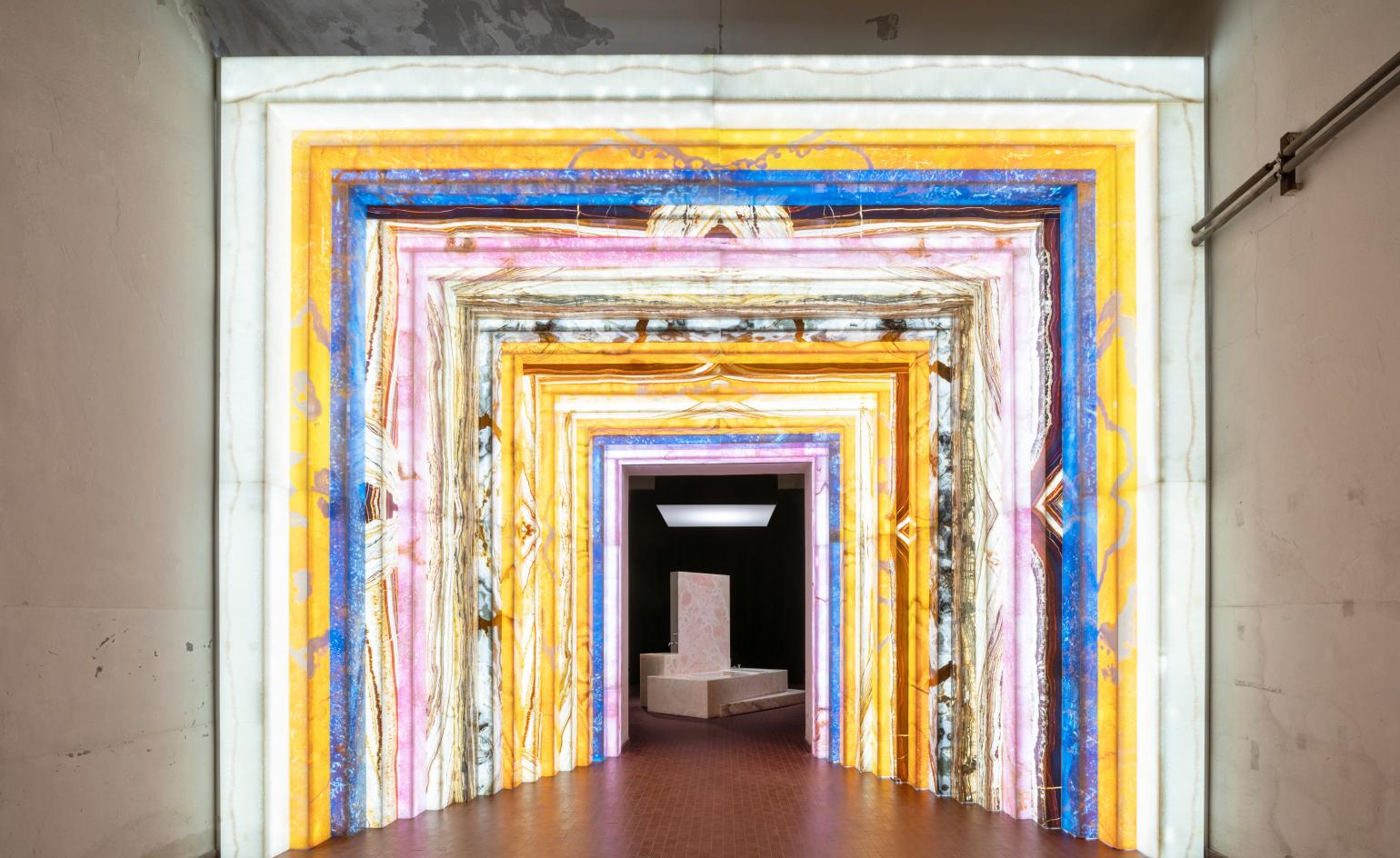 Alcova: wellbeing, cultural identity and the environment in focus at Milan Design Week 2022
Alcova: wellbeing, cultural identity and the environment in focus at Milan Design Week 2022In its fourth edition during Milan Design Week 2022, Alcova brings together a diverse group of designers and brands curated by Valentina Ciuffi and Joseph Grima
-
 New Giorgetti furniture balances beauty and functionality
New Giorgetti furniture balances beauty and functionalityNew Giorgetti furniture, revealed at Salone del Mobile 2022 and photographed here at the rationalist Castrocaro Terme, is perfectly poised between beauty and functionality
-
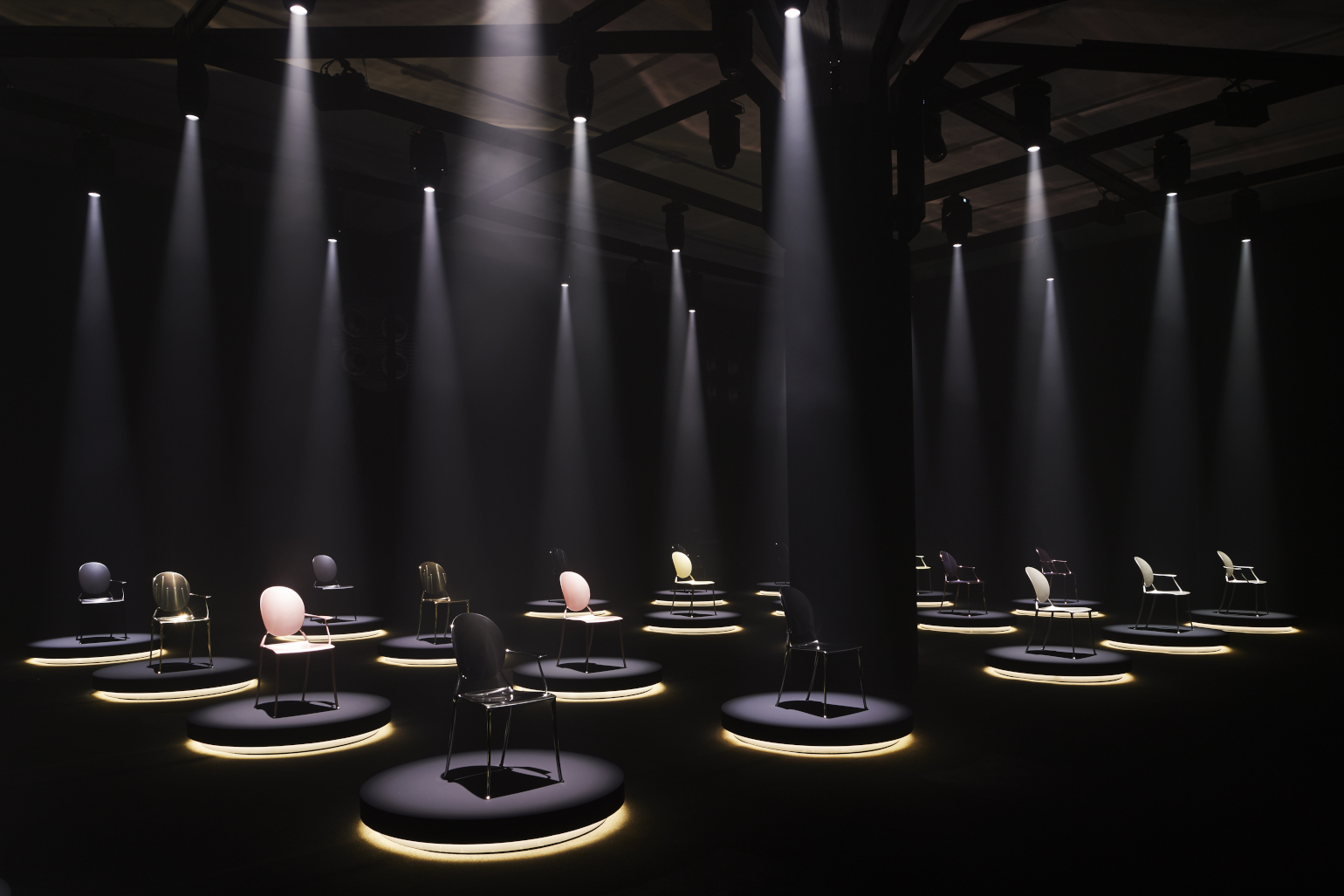 Philippe Starck reinterprets Dior’s Louis XVI Medallion chair in Milan
Philippe Starck reinterprets Dior’s Louis XVI Medallion chair in MilanDior has commissioned Philippe Starck to put a contemporary twist on a classic piece of seating for Milan Design Week 2022, complete with an immersive installation at Palazzo Citterio